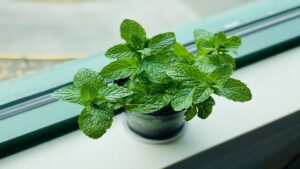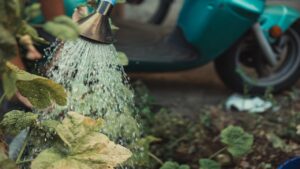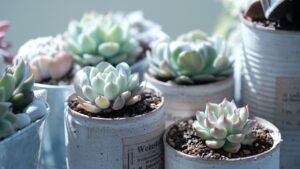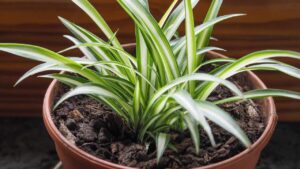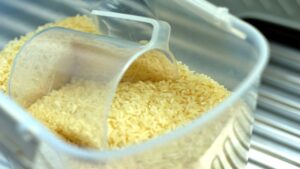Tradescantia, How to Propagate This Beautiful Plant
Tradescantia, with its unique and vibrant foliage, adds a touch of elegance to any environment. The striking, bright green leaves with distinctive streaks make it a standout choice for plant enthusiasts and home decorators.
Tradescantia is often grown in gardens due to its ease of growth and adaptability to various environments. It’s known for its hardiness, it suits experienced and novice gardeners. Depending on the specific variety and environmental conditions, Tradescantia can thrive both indoors and outdoors, adding a touch of green to various settings.
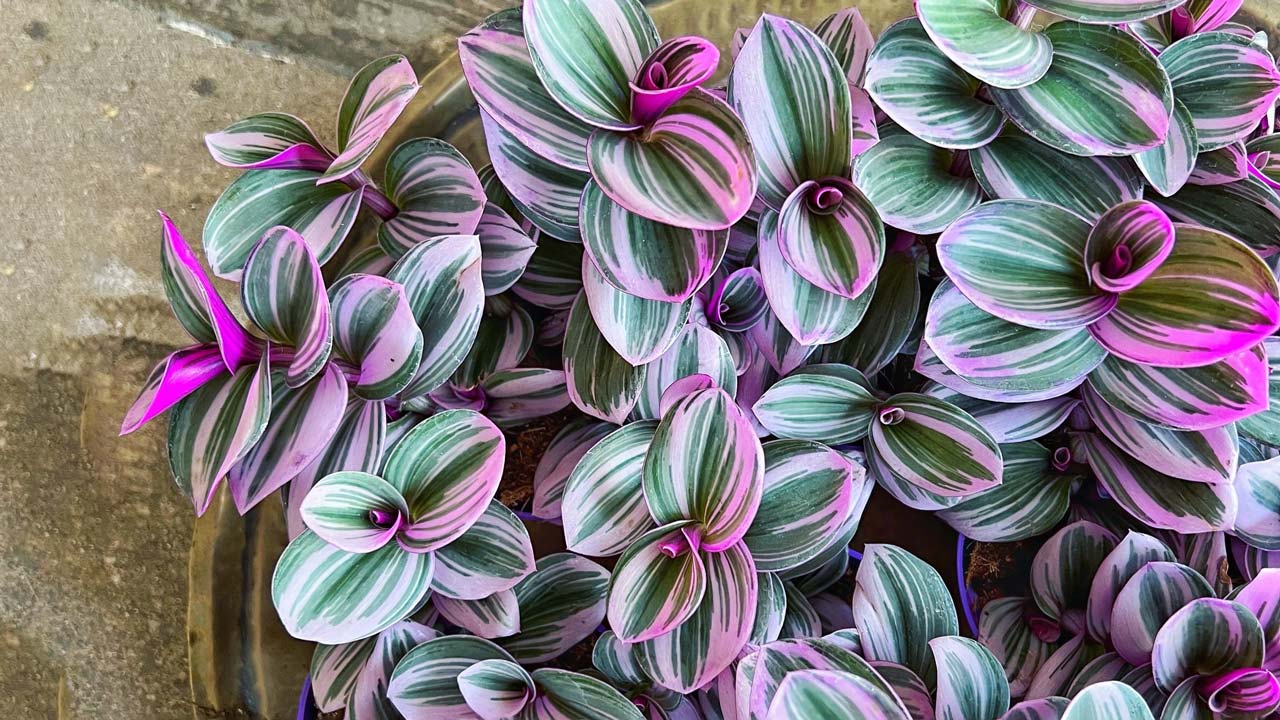
Typically, it prefers a bright location but should be shielded from direct sunlight. Maintaining room temperature and providing moderate watering is usually ideal. It’s crucial to use well-draining soil to prevent water from accumulating around the roots, which could lead to root rot. This plant is also straightforward to propagate, and one of the most common methods is using cuttings. Take small cuttings or sprigs directly from the mother plant to start new ones.
Tradescantia: propagation by cuttings
Propagation is best done during the active growing season, typically in spring or summer. You’ll need tools like scissors or shears, a pot, and suitable soil for the new plants. When cutting, ensure it’s at least 5-10 cm long and has a couple of nodes, as the nodes are where the roots will arise.
Before planting, remove any leaves from the lower part of the cutting so that it only has a few leaves at the top. This helps with rooting. Making a lateral cut at the base of the cutting can also facilitate the rooting process.
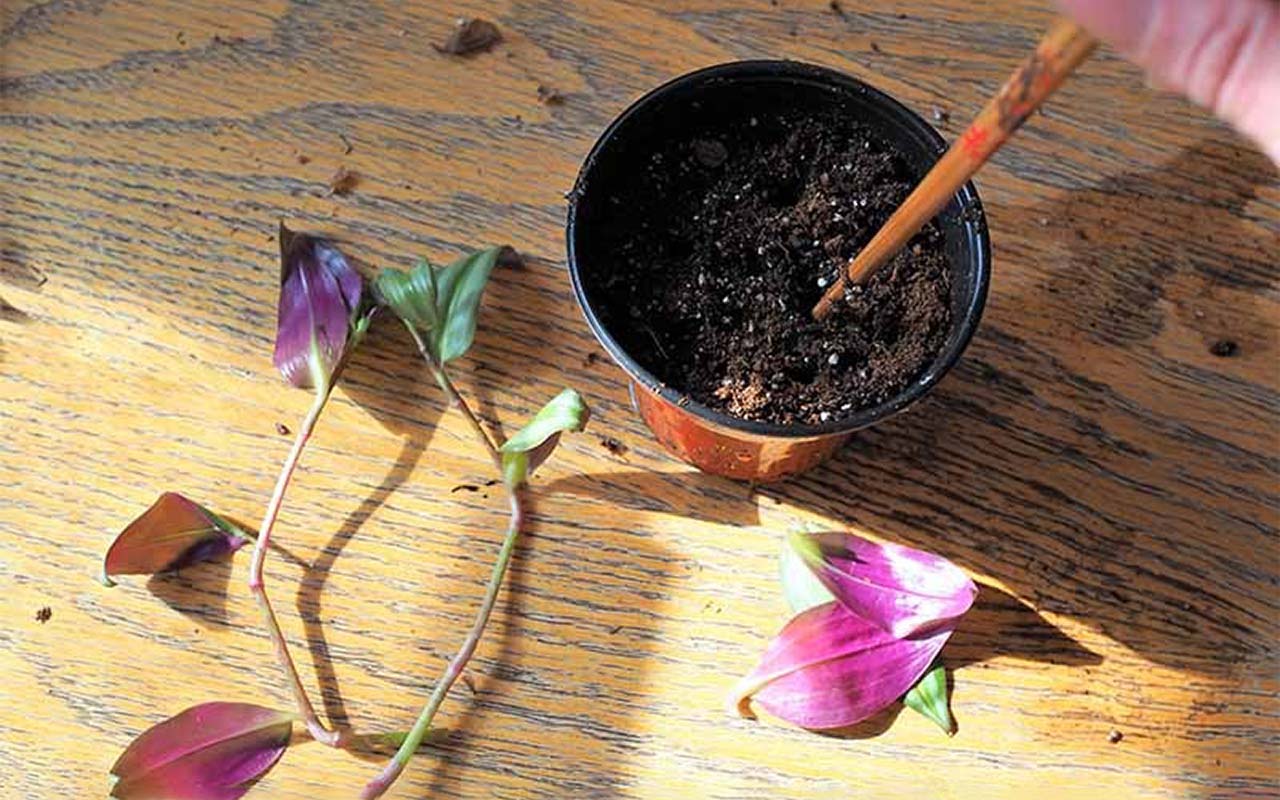
Prepare the pot with moist, well-drained soil. Create a small hole in the soil with a stick or your finger. Place the cutting into the hole and gently press the ground around the base to secure it. Place the pot or container in a warm, well-lit place, away from direct sunlight. Make sure to keep the soil consistently moist, but avoid overwatering. After approximately 2 months, the cuttings will have grown enough to be transplanted into larger pots.
